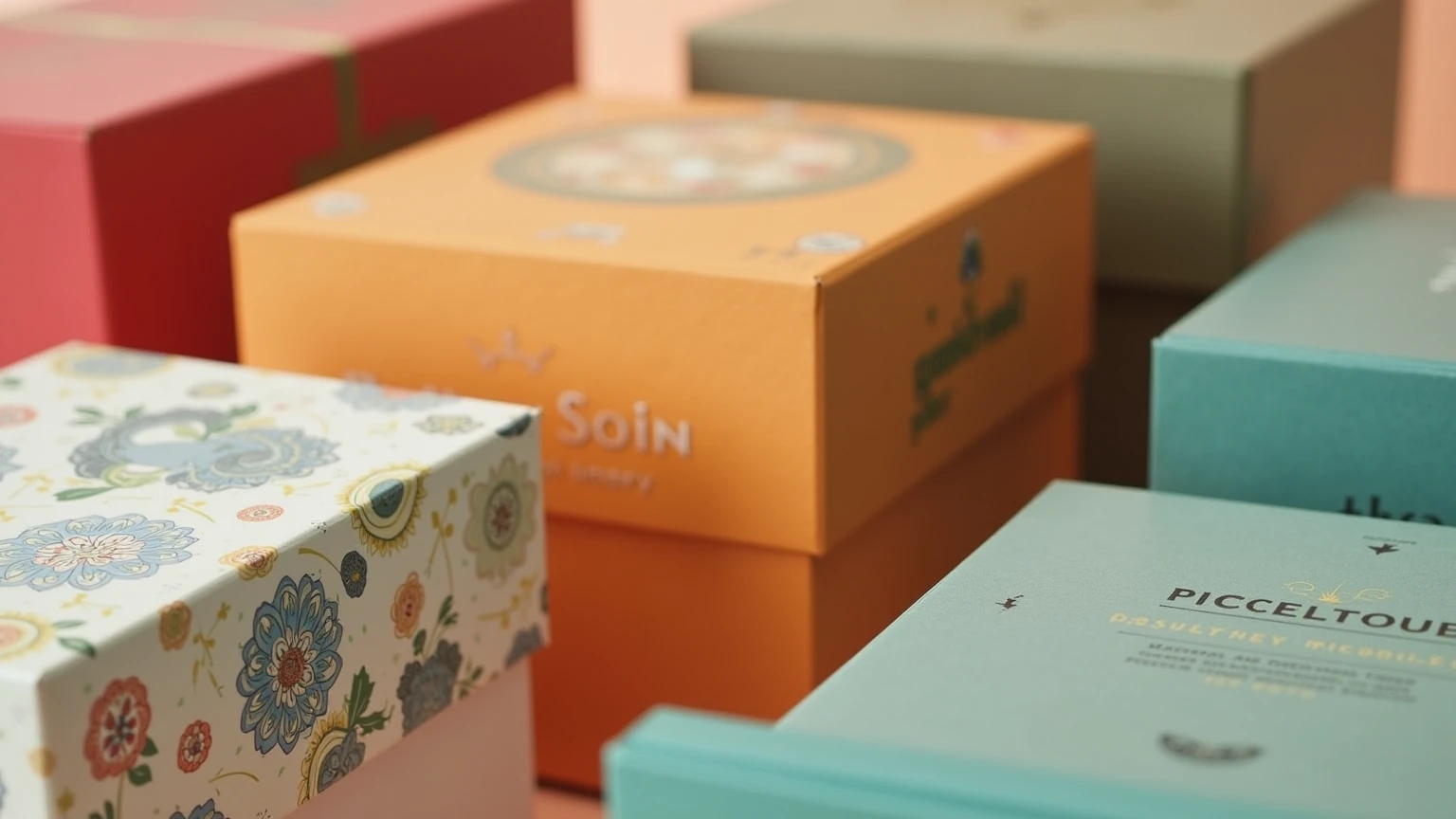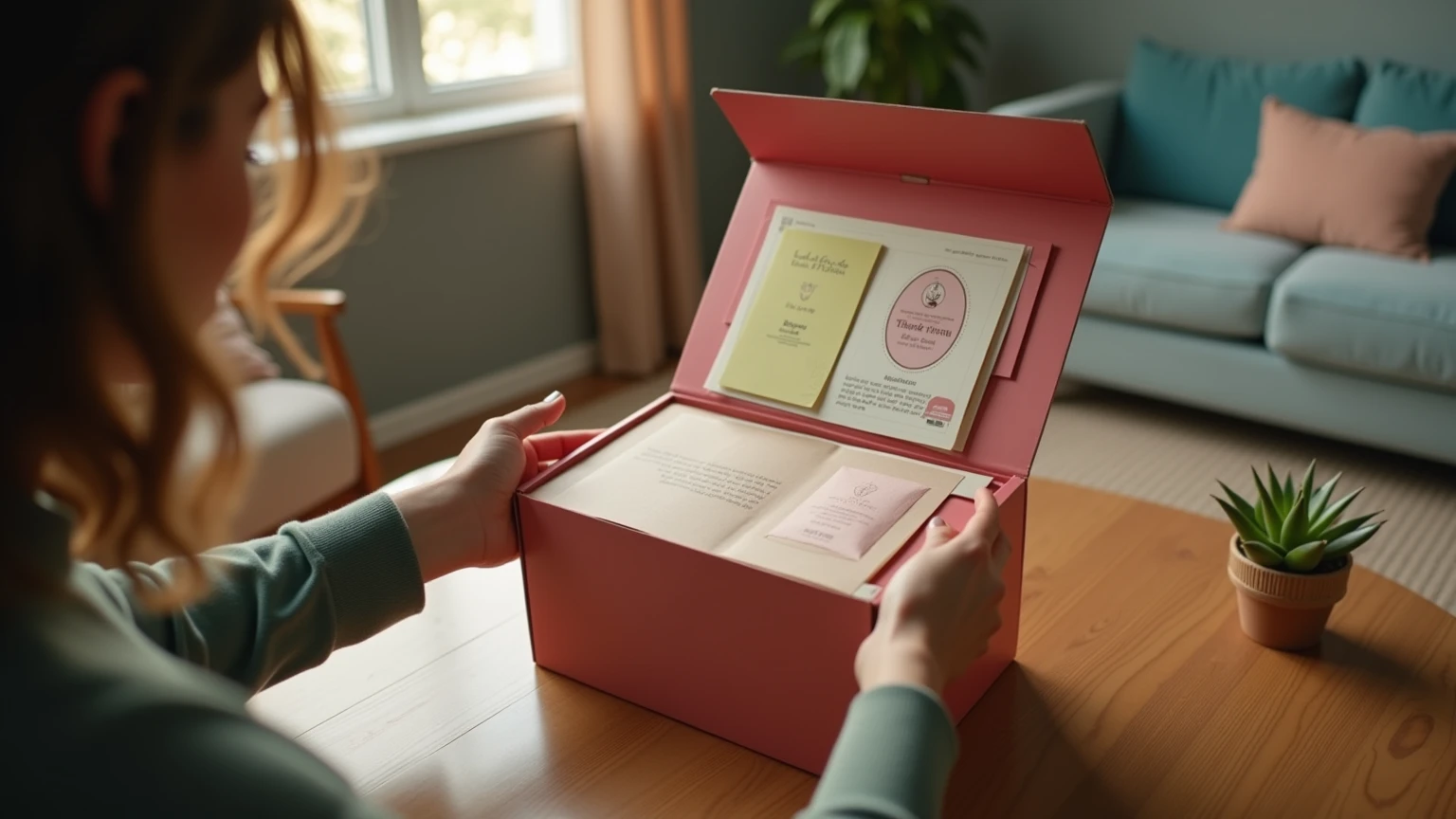In the ever-evolving landscape of packaging, custom boxes have become a fundamental aspect of branding and product presentation. With the onset of 2025, businesses will need to adapt to emerging trends that not only cater to environmental sustainability but also focus on captivating consumer experiences and technological advances.
The demand for custom packaging has consistently risen as e-commerce continues to thrive. This trend can be attributed to the need for brands to stand out in a crowded marketplace. Today, custom boxes are not just about protecting products; they serve as a crucial marketing tool that conveys a brand's identity and engages customers right from the unboxing experience.
Custom boxes are an extension of a brand's identity. Brands like Poppin Candy have made significant strides in custom packaging to enhance their consumer engagement. Their innovative designs didn’t just serve functional purposes; they transformed the mundane experience of receiving a package into a delightful event. As observed, an unforgettable unboxing experience translates into a positive long-term impression, encouraging repeat customers and brand loyalty.

As consumers become increasingly aware of the environmental impact of their purchases, brands need to align with sustainable practices.
Sustainability is more than just a marketing buzzword. Companies are shifting toward eco-friendly materials when creating custom boxes. Biodegradable options, recycled cardboard, and plant-based inks are becoming staples in packaging design. Brands that prioritize environmentally responsible packaging are likely to attract more consumers who value sustainability.
A recent study showcased that 87% of consumers have a more positive image of brands that demonstrate environmental responsibility. By investing in sustainable packaging, brands not only enhance their corporate image but also open avenues for consumer-driven marketing. Consumers are more likely to share, endorse, and remain loyal to brands that reflect their values.
Technology is paving the way for unique custom packaging solutions.
Digital printing has opened doors to vibrant, intricate designs that were once unfeasible with traditional manufacturing methods. The introduction of 3D printing capabilities allows for rapid prototyping and customized shapes, adding a unique flair that engages modern consumers.
Emerging technologies like augmented reality (AR) and QR codes are integrating digital experiences with physical packaging. This innovation allows customers to interact with the product packaging virtually, enhancing the overall consumer experience and providing additional value through product information, promotional content, and interactive features.
The personalization of custom boxes is vital for enhancing customer satisfaction and brand identity.
The days of generic packaging are gone. Consumers are now drawn to packaging that resonates with their individual needs and supports brand storytelling. Various styles, sizes, and designs provide opportunities for brands to create a unique identity that stands out on shelves and online.
Interactive packaging enhances the consumer experience by creating memorable moments during unboxing. Features such as hidden messages, puzzles, or collectible packaging can generate excitement and ensure a lasting impression, which is particularly effective in the age of social media where visually appealing content is shared widely.

As the market evolves, so do consumer expectations.
Increased competition in the e-commerce space has heightened the demand for personalized packaging. Customization and personalization have become essential for attracting consumers who seek unique, tailored experiences. Brands must prioritize offering more options to engage customers effectively.
The shift towards online shopping has led brands to rethink their packaging strategies. With many consumers making purchases online, packaging needs to be robust yet visually appealing, ensuring that the product arrives safely while also enhancing the online shopping experience.
With innovation comes numerous challenges in the manufacturing of custom boxes.
In an increasingly competitive market, maintaining quality while keeping costs low is a constant challenge. Brands must navigate sourcing sustainable materials, adopting new technologies, and maintaining consistent production quality without inflating their costs.
As packaging regulations evolve, brands must keep abreast of compliance standards, particularly for products in sensitive categories like food, beverages, and cosmetics. Enlightenment about the necessary approvals and regulations is critical for producing compliant and successful custom packaging.
The custom packaging industry will see profound changes driven by sustainability, technology, consumer engagement, and personalization. Adapting to these trends will be essential for brands looking to thrive in a competitive landscape.
The future of custom boxes is bright and full of opportunities. Brands that embrace innovative designs, sustainability practices, and consumer-centric approaches will set themselves apart, resonate deeper with their audience, and ultimately achieve greater success. With the right strategies, 2025 could pave the way for an era where custom packaging transcends mere functionality to become a paramount storytelling medium for brands.
What are custom boxes?
Custom boxes are packaging solutions tailored to fit specific products, allowing brands to convey their identity through unique designs and materials.
Why are custom boxes important for brands?
They help brands stand out, create memorable unboxing experiences, and reinforce brand messaging, ultimately contributing to consumer loyalty.
How does sustainability influence packaging choices?
Sustainability in custom packaging appeals to environmentally conscious consumers, making them more likely to purchase from brands that demonstrate responsible practices.
What technological advances are shaping custom packaging?
Modern printing technologies, augmented reality experiences, and smart packaging innovations are transforming how brands approach custom box design.
What challenges do brands face in custom box manufacturing?
Brands often face challenges in balancing cost with quality and ensuring compliance with evolving packaging regulations.